Hands-On Pumping
Hands-on pumping is a technique that combines breast massage with pumping to help you express more milk and increase your milk supply. If your baby is premature, ill, or unable to breastfeed directly, using a breast pump with massage techniques can make a significant difference in your pumping output. Many mothers find they can double their milk production by incorporating hands-on pumping into their routine. This guide will walk you through the essential steps and techniques to maximize your pumping sessions.
When to Start Pumping
Begin pumping as soon as possible after birth. You'll have the most success if you pump or hand express within the first six hours after delivery—ideally within the first hour. Early and frequent milk removal helps establish a strong milk supply from the start.
Choosing the Right Equipment
Use a hospital-grade double electric pump if at all possible. This type of pump is designed to effectively stimulate milk production and allow you to pump both breasts simultaneously, saving time and helping maintain supply.
Pumping Frequency
While a rigid schedule isn't necessary, milk should be removed at least 8 times per day to maintain your supply. Consistent milk removal signals your body to continue producing milk.
Ensuring Proper Flange Fit
The right flange size is crucial for comfortable and effective pumping. Here's how to know your flanges fit correctly:
- Your nipple moves freely in and out during the suction cycle
- Your breasts are emptied completely with no areas of lumps
- You experience no pain while pumping
- There's no indentation ring from the flange after pumping
The Hands-On Pumping Technique
Step 1: Prepare Your Setup
Wear a bra or bustier that will hold the flanges in place while you pump. This keeps your hands free for massaging, which is essential to the hands-on pumping method.
Step 2: Begin with Massage
Start with slow massage to stimulate let-down. This gentle massage helps trigger your milk ejection reflex before you begin pumping.
Step 3: Apply the Pump
Apply the breast pump and use the maximum suction level that is comfortable—not painful. Comfort is key to an effective pumping session.
Step 4: Massage While Pumping
Watch the sprays of milk and adjust your hand position to where milk flows most easily. Continue massaging while pumping to encourage milk flow.
Step 5: Switch to Single Pumping
When the sprays of milk subside, switch to single pumping so you can be more vigorous with the massage. This allows you to focus more attention on each breast.
Step 6: Final Hand Expression
When the sprays of milk subside again, turn off the pump and hand massage directly into the pump flange. This final step helps ensure complete breast emptying.
Step 7: Focus on All Areas
Pay special attention to remove milk from the outer margins toward the armpits area. These areas can hold milk that's easily overlooked.
Conclusion
Some mothers can double their output using hands-on pumping techniques. By combining massage with pumping, you're more effectively removing milk and signaling your body to produce more. When you're ready to feed your pumped milk to your baby, choosing a quality bottle designed for breastfed babies can help make the transition smoother.
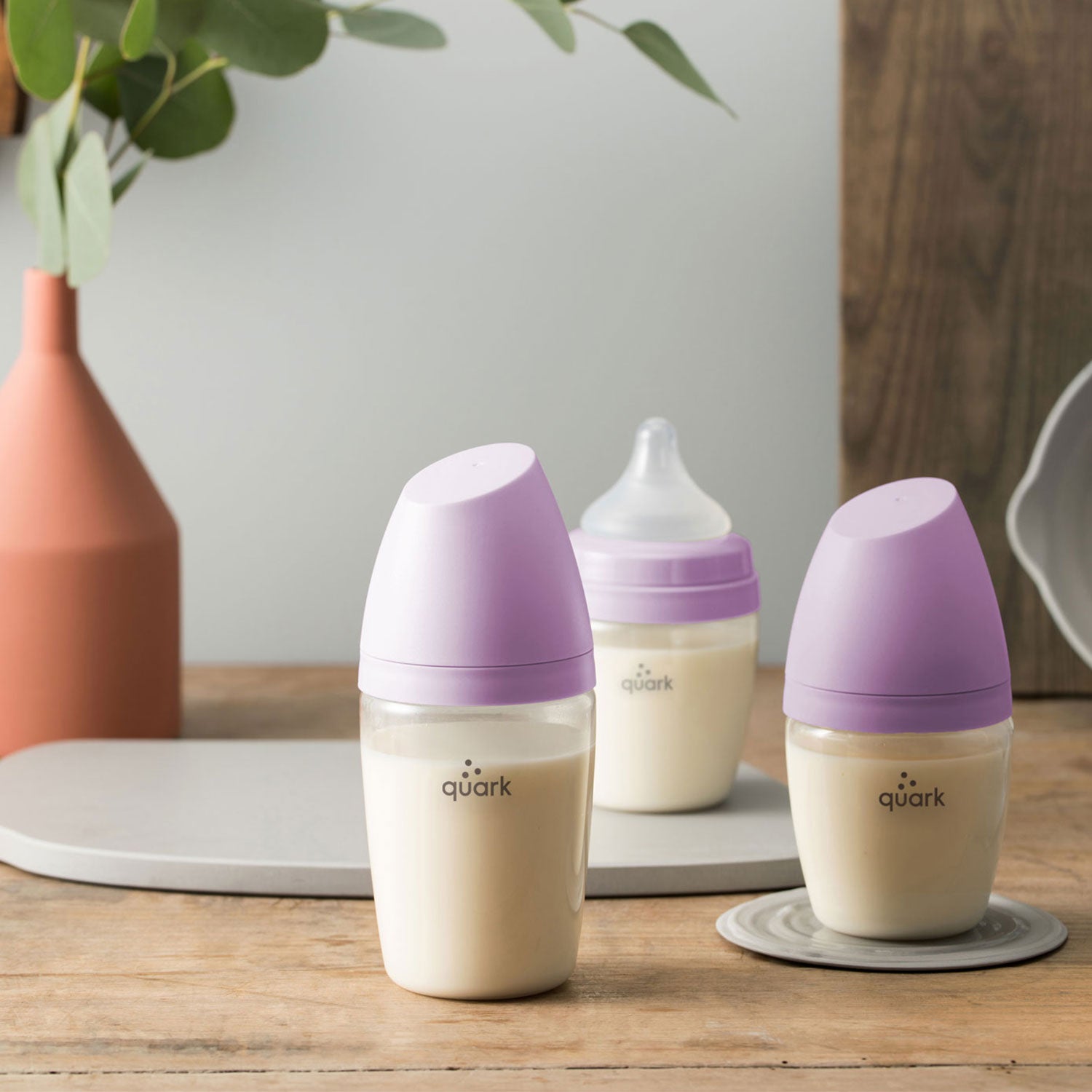
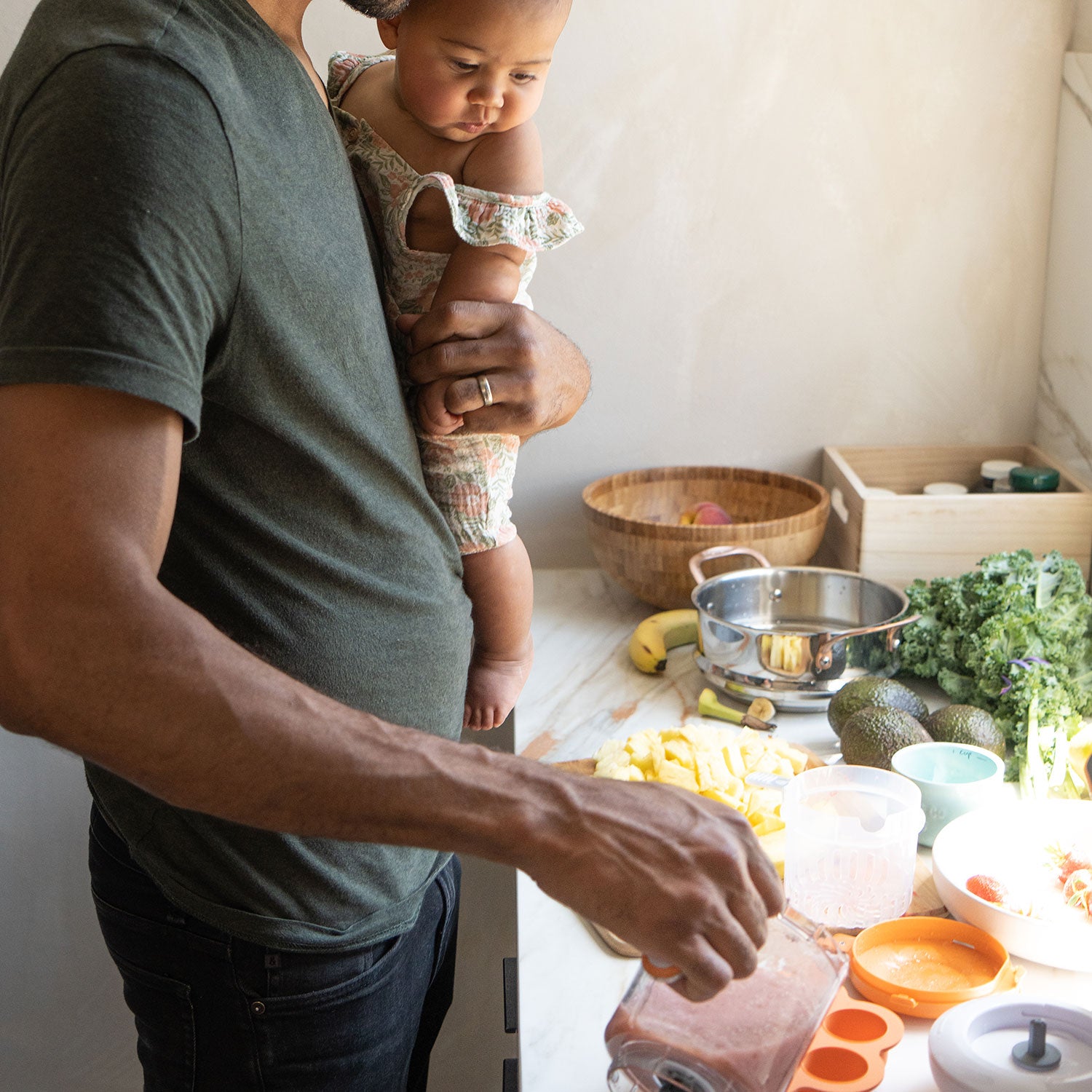

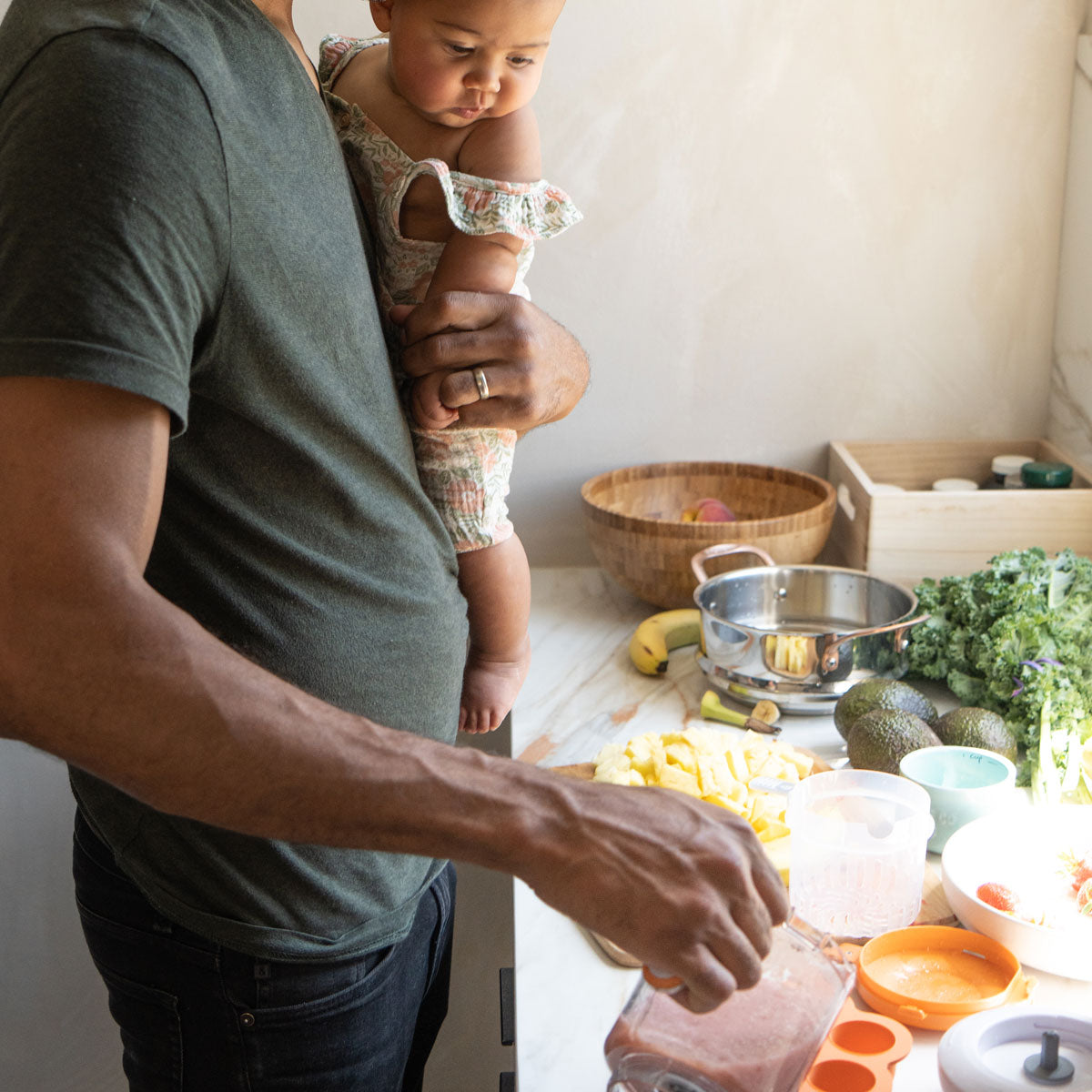

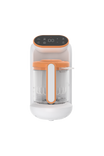
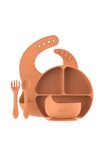
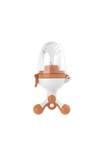
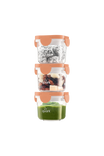
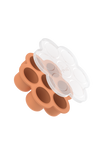
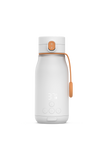

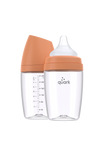
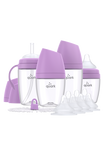
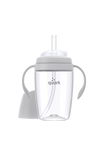
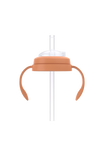
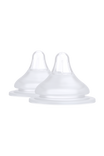
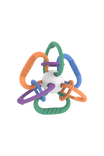
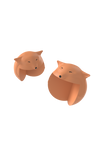
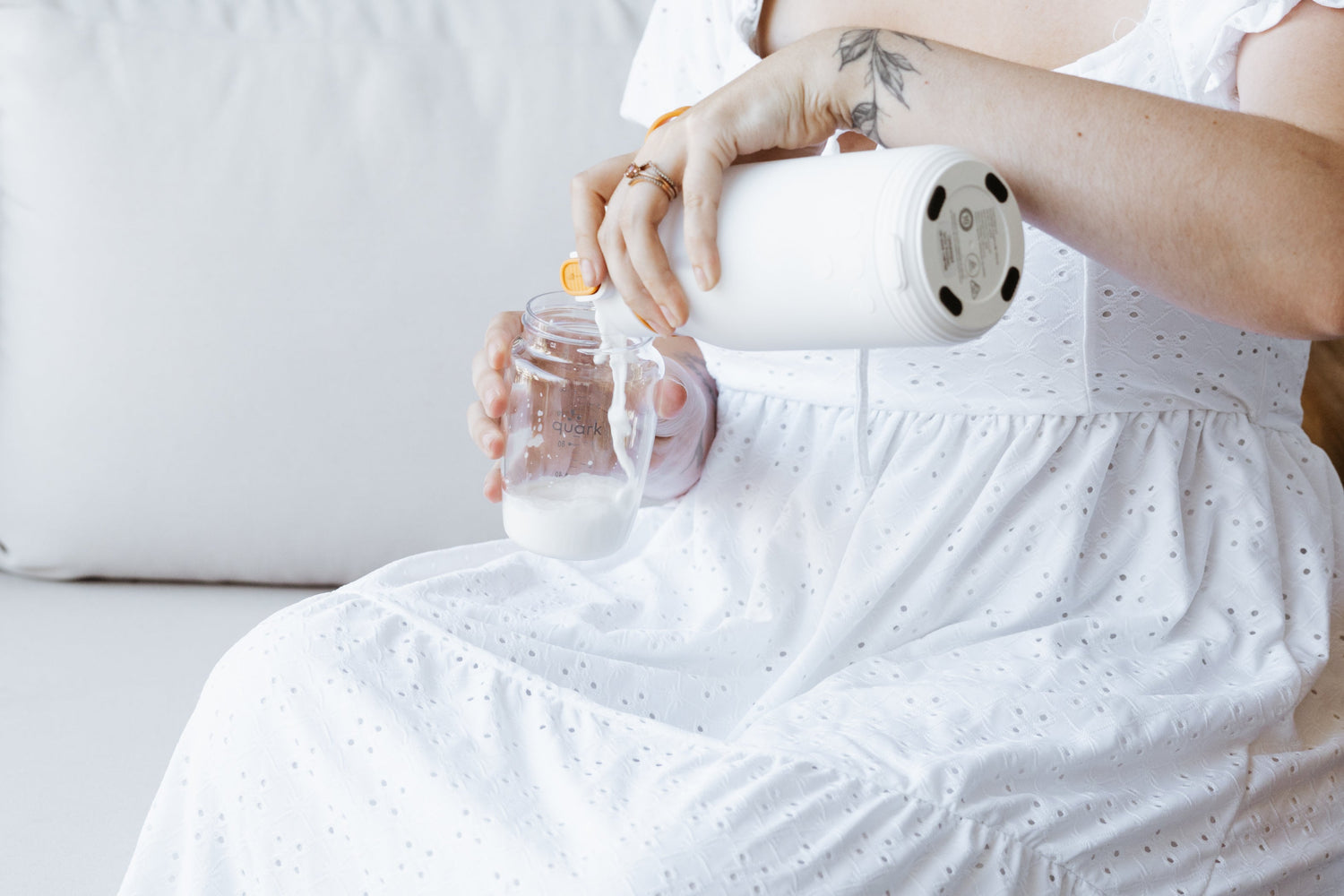

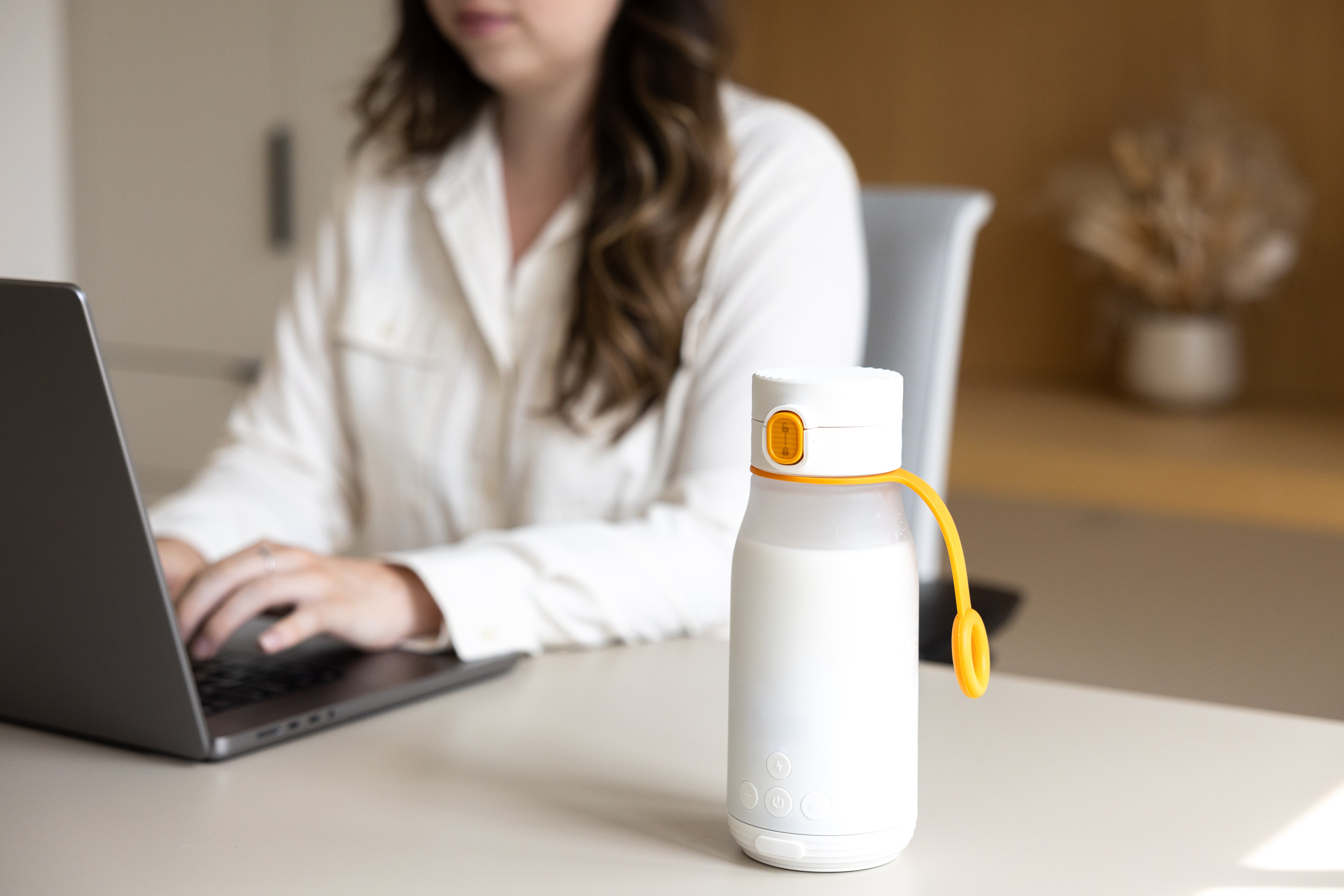
Leave a comment
All comments are moderated before being published.
This site is protected by hCaptcha and the hCaptcha Privacy Policy and Terms of Service apply.